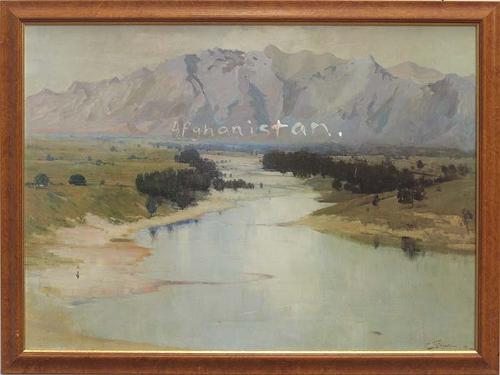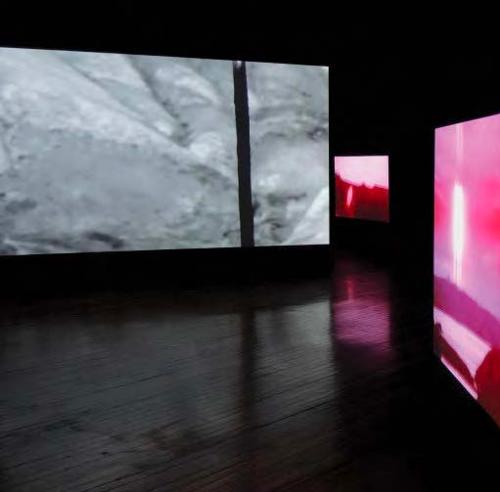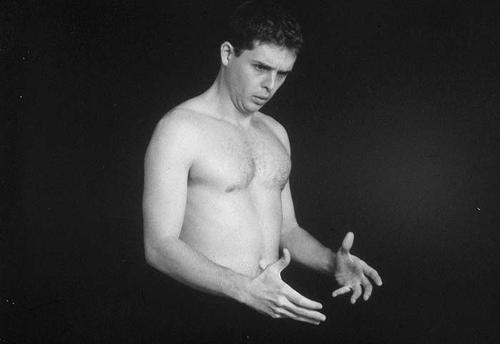
Spirited marks Tracey Moffatt's return to Australia (and a reclamation of her Queensland roots). After twelve years in New York, one of few Australian artists who have successfully made their mark internationally, with a stellar marketplace and curatorial reputation, Moffatt has returned to live in Sydney, largely because: 'I missed nature - Central Park is not nature’. She describes her Spirit Landscapes as responses ‘to places and landscapes meaningful to me’.
Yet this exhibition, which unveils new work made in Australia since her return, feels like a difficult landing. The new photographic series, all under the title of Spirit Landscapes (2013), express some of the discomfort inherent in the reconnection of old histories. They acknowledge spiritual connections, family links to Cherbourg in Queensland, and draw on her youthful and bittersweet memories of growing up in suburban Brisbane.
Moffatt’s Picturesque Cherbourg landscapes, the Night Spirits series and her Suburban Landscapes are characterised by her method of ‘getting in and out’. This sensibility is encapsulated in a small-scale video work called In & Out, which explores Moffatt’s aesthetic interest in transitions. The moving image is fixed on a doorway, pixelated and grainy like CCTV footage, and we watch (like voyeurs) as individuals come and go. These moments are imbued with the transitory nature of people, situations, locations – a contemporary memoir that speaks to the serial moments in urban life.
Spirited explores the skittish nature of reconnection. Interspersed in the hang are thirteen works Moffatt has chosen from the Queensland Art Gallery/Gallery of Modern Art collection, many of which, like William Robinson’s Dark Tide, Bogangar(1994), conjure the spiritual connections others have to place and look over the shoulder of Moffatt’s Spirit Landscapes.
The most significant departure from Moffatt’s previous work is Art Calls, a spoofy series of interviews featuring ‘TV Tracey’. Against the background of a full moon and drifts of smoke, Tracey looks and sounds like an enthusiastic medium or seer (on steroids). Made for the exhibition but also pitched as a pilot for a TV series, Art Calls narrates everything you ever wanted to know (possibly more) about a range of ‘creative’ celebrities, all ‘channelled’ via Skype to their homes and studios. It is playful, tongue-in-cheek, often gushy (on TV Tracey’s part). Yet, its most execrable moments (her ‘Quick Call’ segment to Abdul Abdullah, in which she suggests that ‘all the girls are mad for you’) are more than made up for in the insights shared with the likes of designer Jenny Kee and architect John Mainwaring, both under-exposed yet visionary talents.
This exhibition is a lively summation of Moffatt’s recent work and approach, with its associated elements of memoir, dislocation and rebellion. The QAG|GOMA collection works make valuable and pertinent aesthetic and conceptual connections, with the pairing of South Korean Yoo Seung-Ho’s traditional ink paintings with Moffatt’s spooky Night Spirits a particularly strong example. The images portray a directed excavation and re-inscription of memories, which in their patent discomfort make for a powerful exhibition.












